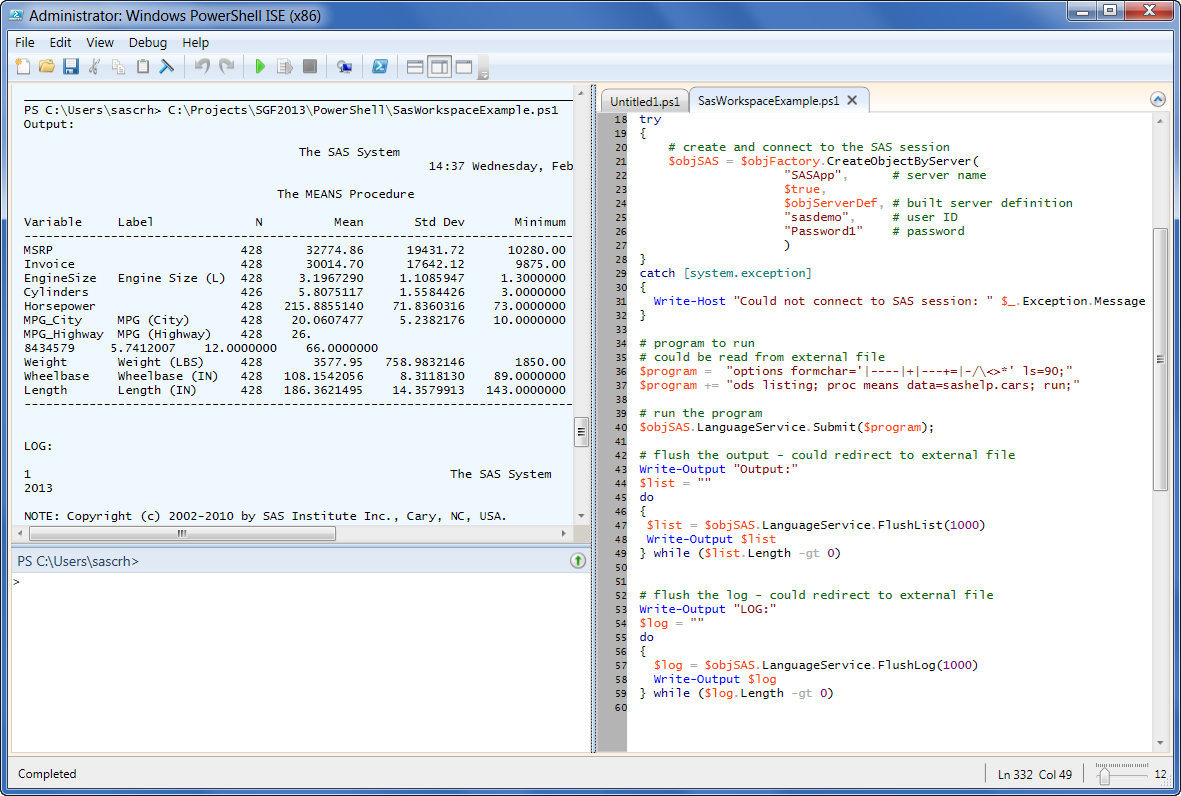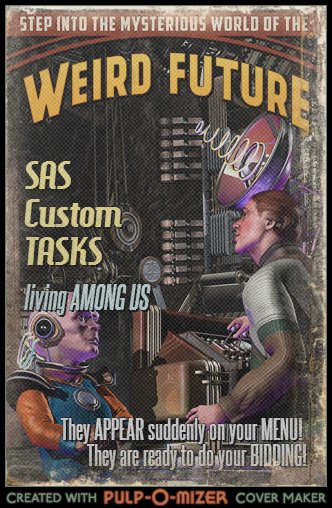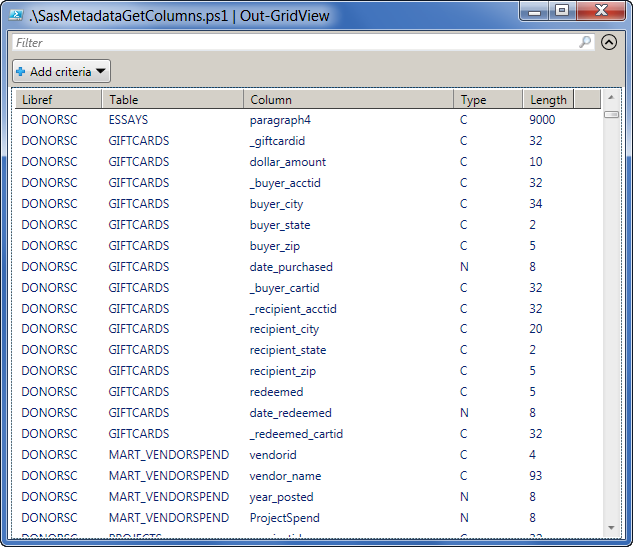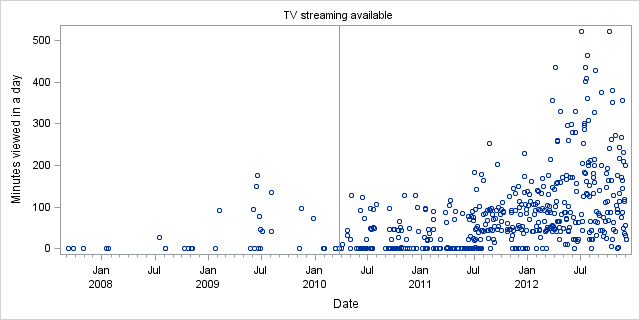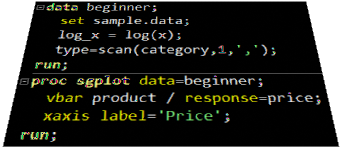
Are you a new SAS user who isn't sure where to begin? Have no fear, because you're not alone. Here at SAS, we often receive questions from people who need help getting started with the software. Getting Started with SAS is the topic of a SAS Talks session that I


